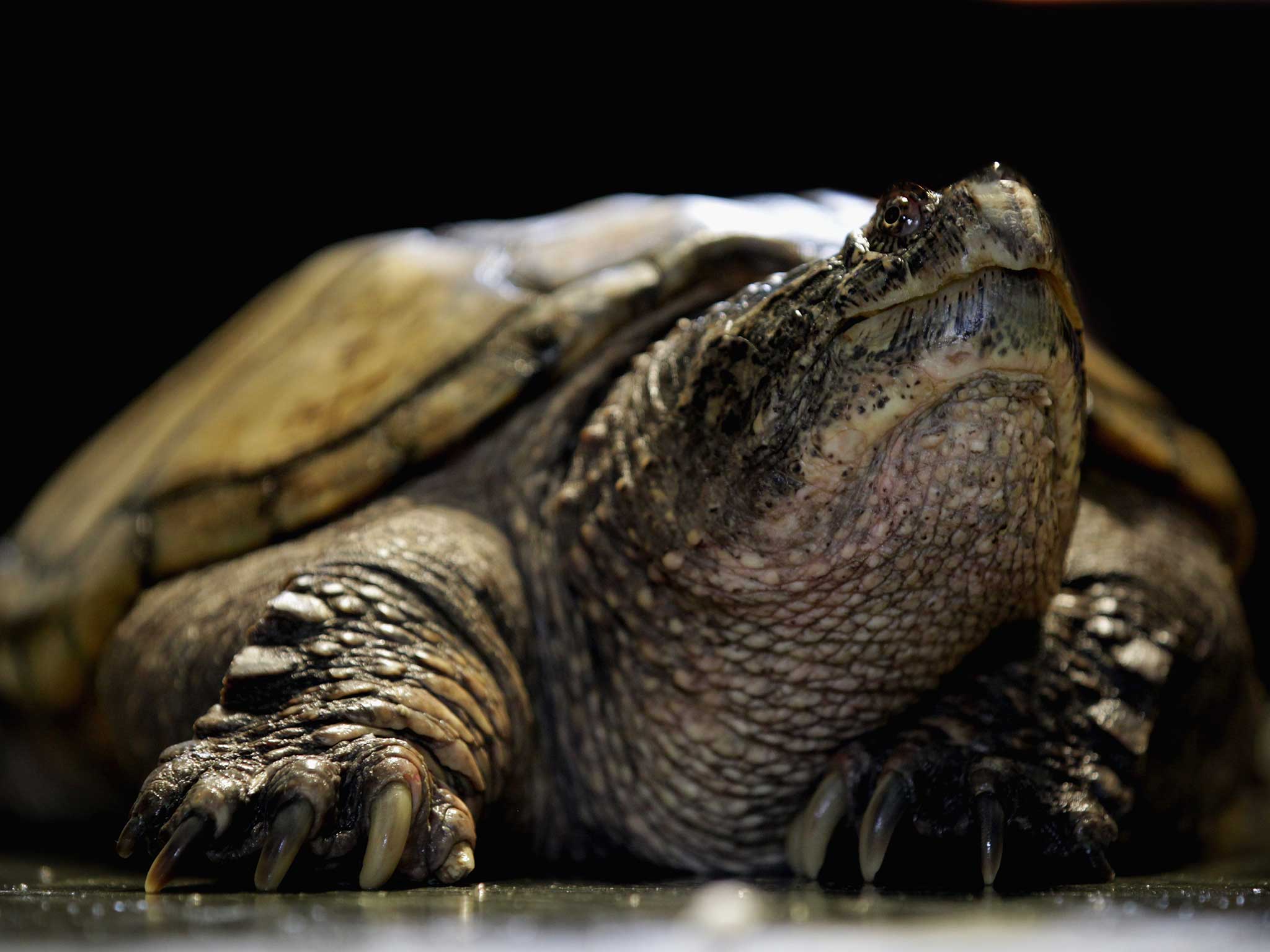Turtle that breathes through its bottom is endangered, scientists warn
Australia's largest freshwater turtle species' days may be number thanks to changing environments

Your support helps us to tell the story
From reproductive rights to climate change to Big Tech, The Independent is on the ground when the story is developing. Whether it's investigating the financials of Elon Musk's pro-Trump PAC or producing our latest documentary, 'The A Word', which shines a light on the American women fighting for reproductive rights, we know how important it is to parse out the facts from the messaging.
At such a critical moment in US history, we need reporters on the ground. Your donation allows us to keep sending journalists to speak to both sides of the story.
The Independent is trusted by Americans across the entire political spectrum. And unlike many other quality news outlets, we choose not to lock Americans out of our reporting and analysis with paywalls. We believe quality journalism should be available to everyone, paid for by those who can afford it.
Your support makes all the difference.The days of the white-throated snapping turtle (Elseya albagula) appear to be numbered, according to the Australian government, which has recently declared them critically endangered.
If that isn't attention-grabbing enough, consider that the animal prompted a biologist to talk like this: "These turtles breathe out of their a**, which is super awesome." That's James Cook University researcher Jason Schaffer, who's spent eight years studying the turtles in a habitat where dams, agriculture, and predation are making it increasingly difficult for them to survive, reports Scientific America.
One of Australia's largest freshwater turtle species - which can live to 100 - the white-throated snapping turtles do indeed possess an unusual skill: cloacal respiration, by which they extract oxygen from water via their back sides, reports James Cook University.
Thanks to dams, though, water is becoming too sluggish for this kind of breathing, bringing the reptiles to the surface where they are vulnerable to predators and restricting them from traveling to find mates.
And their eggs take seven months to hatch, plenty of time to be eaten or trampled. "Almost nothing is surviving," Schaffer says. "There is nothing coming up to replace them. Pretty soon we'll blink and there will be no more left." (It turns out turtle shells predate dinosaurs.)
This story originally appeared on USA Today. The content was created separately by The Independent.
Join our commenting forum
Join thought-provoking conversations, follow other Independent readers and see their replies
Comments